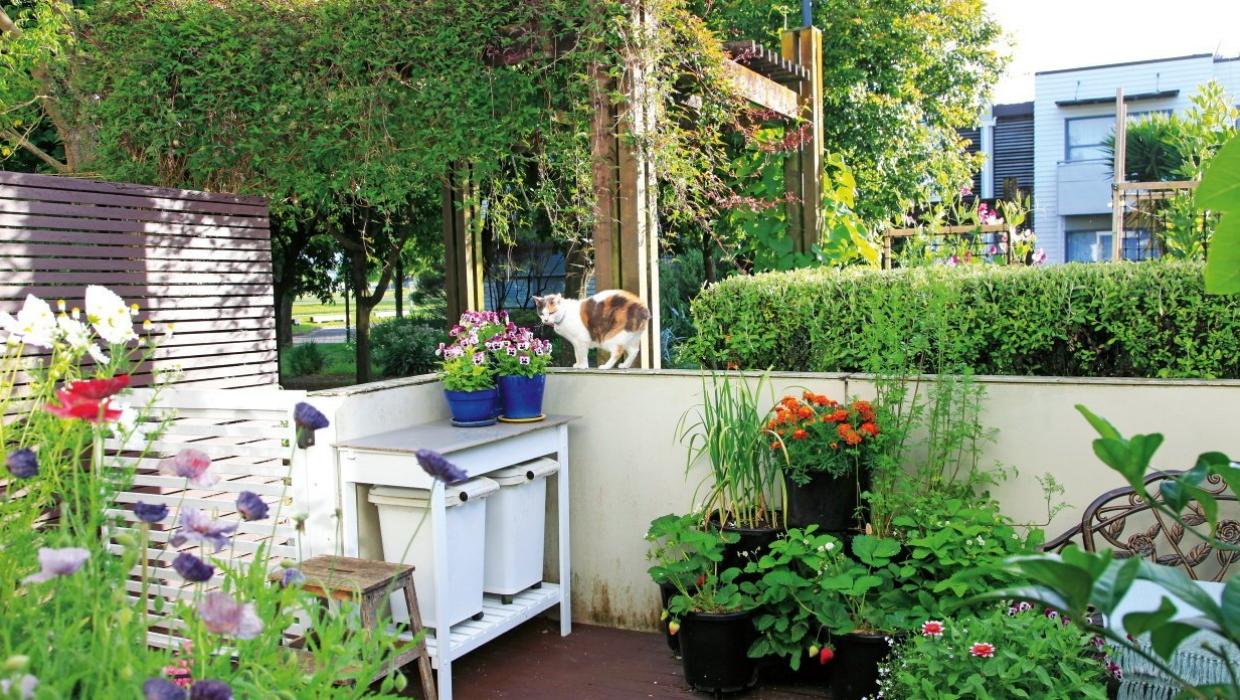Lifestyle
Urban Gardening: How to Grow Vegetables in Small Spaces

Living in an apartment or a small urban space does not have to mean sacrificing the joy of growing your own vegetables. As urban gardening gains popularity, city dwellers are discovering various innovative methods to cultivate fresh produce, even in limited areas. This trend is not only about enhancing personal well-being but also contributes to broader goals of sustainability and food security.
Innovative Solutions for Limited Spaces
Vertical gardening has emerged as a leading technique for maximizing space efficiency. By utilizing walls, balconies, and even ceilings, residents can create lush green environments that produce vegetables such as tomatoes, herbs, and leafy greens. This method allows for a significant yield in a minimal footprint, making it ideal for apartments.
Hydroponics is another popular approach, utilizing nutrient-rich water instead of soil. This technique can be particularly advantageous for those without access to traditional gardening space or soil. Compact hydroponic systems can be set up indoors, providing fresh produce year-round. These systems require specific lighting and care, but many find the benefits outweigh the initial setup costs.
Community gardens also offer an excellent opportunity for city residents to engage in gardening. These shared spaces promote collaboration among neighbors, foster social connections, and provide access to fresh vegetables. Many cities have initiated programs to support the establishment of community gardens, recognizing their value in enhancing local food systems.
Essential Tools and Resources
To successfully grow vegetables in small spaces, individuals should consider investing in essential gardening tools. Compact pots, quality soil, and efficient watering systems can make a significant difference. Additionally, local gardening workshops and online resources can provide valuable information on best practices and seasonal planting.
Before starting a gardening project, it is also important to check local regulations regarding gardening in your area. Some cities have specific guidelines about what can be grown and where, especially in communal or public spaces. Ensuring compliance not only supports community efforts but also enhances individual gardening success.
Engaging in urban gardening not only offers fresh produce but also promotes a sustainable lifestyle. As people become more aware of their environmental impact, growing food at home is seen as a step towards reducing carbon footprints. This practice encourages individuals to make conscious choices about food sourcing and consumption.
In summary, urban gardening presents a viable solution for individuals living in small spaces, offering numerous benefits from fresh vegetables to community engagement. With innovative techniques such as vertical gardening and hydroponics, coupled with the support of community gardens, anyone can cultivate their green thumb and contribute positively to local food systems. As this movement grows, it transforms urban landscapes and fosters a deeper connection between people and their food.
-

 World1 week ago
World1 week agoPrivate Funeral Held for Dean Field and His Three Children
-

 Top Stories2 weeks ago
Top Stories2 weeks agoFuneral Planned for Field Siblings After Tragic House Fire
-

 Sports3 months ago
Sports3 months agoNetball New Zealand Stands Down Dame Noeline Taurua for Series
-

 Entertainment3 months ago
Entertainment3 months agoTributes Pour In for Lachlan Rofe, Reality Star, Dead at 47
-

 Entertainment2 months ago
Entertainment2 months agoNew ‘Maverick’ Chaser Joins Beat the Chasers Season Finale
-

 Sports3 months ago
Sports3 months agoSilver Ferns Legend Laura Langman Criticizes Team’s Attitude
-

 Sports1 month ago
Sports1 month agoEli Katoa Rushed to Hospital After Sideline Incident During Match
-

 World2 weeks ago
World2 weeks agoInvestigation Underway in Tragic Sanson House Fire Involving Family
-

 Politics2 months ago
Politics2 months agoNetball NZ Calls for Respect Amid Dame Taurua’s Standoff
-

 Top Stories2 weeks ago
Top Stories2 weeks agoShock and Grief Follow Tragic Family Deaths in New Zealand
-

 Entertainment3 months ago
Entertainment3 months agoKhloe Kardashian Embraces Innovative Stem Cell Therapy in Mexico
-

 World4 months ago
World4 months agoPolice Arrest Multiple Individuals During Funeral for Zain Taikato-Fox















